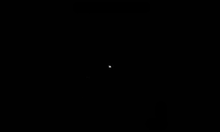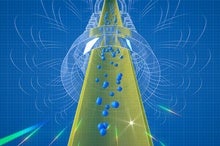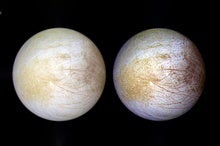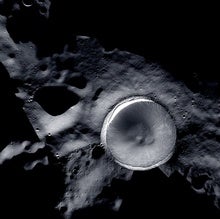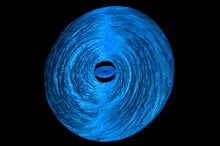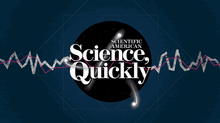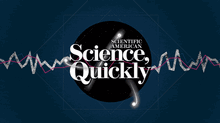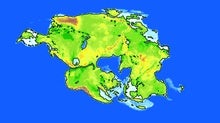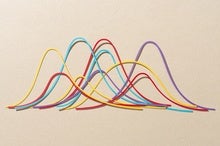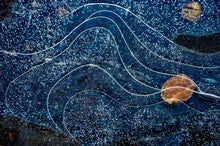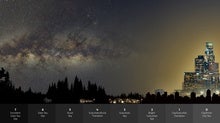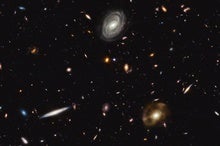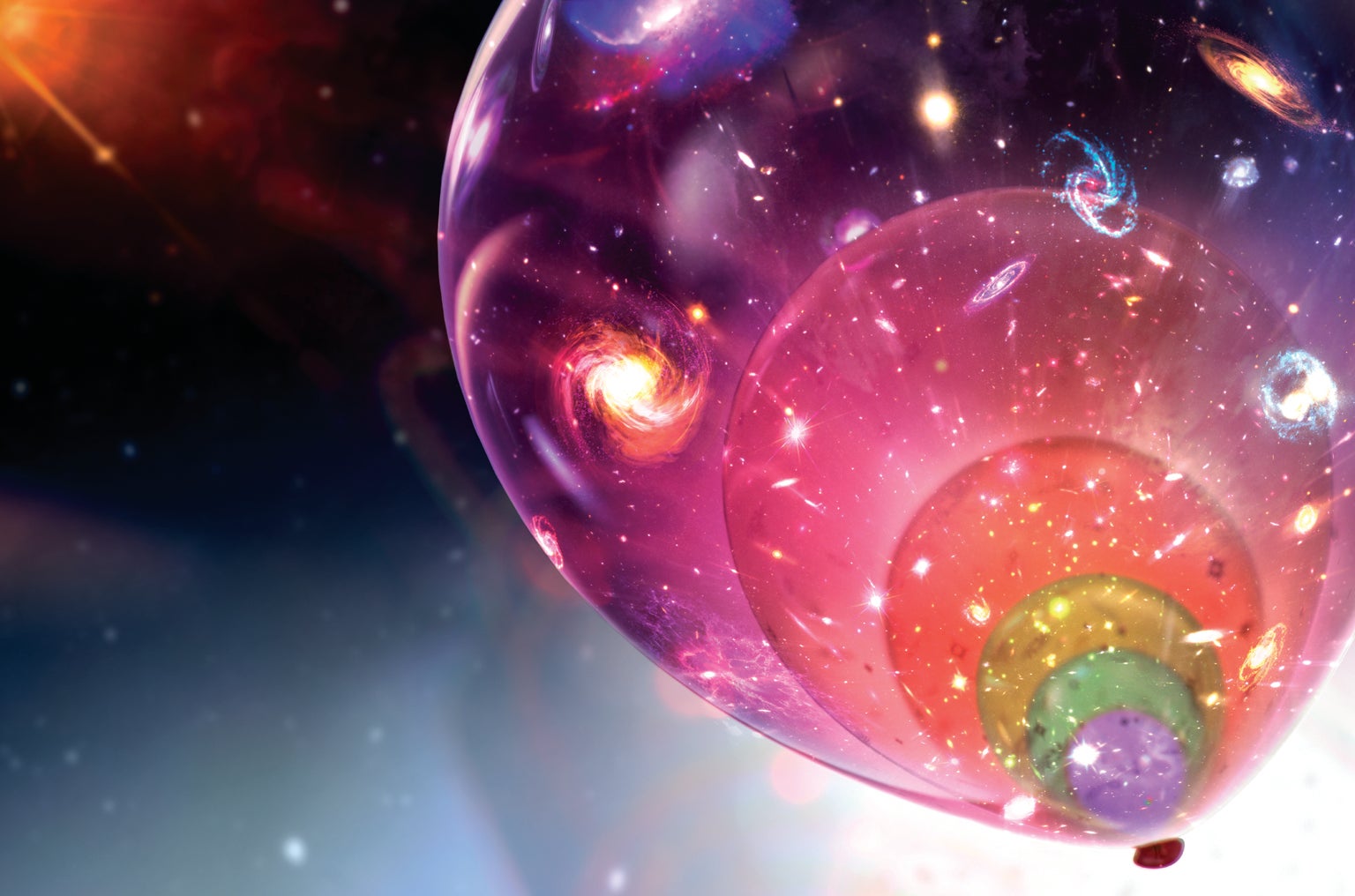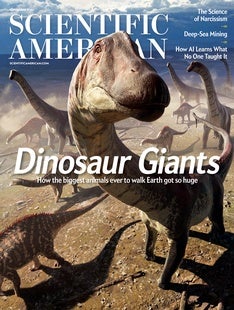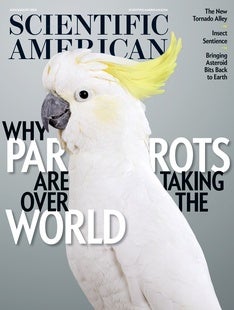 |
| September 28, 2023 |
This week, we're looking at the big picture. A picture so big, in fact, that its hazy outlines sprawl across a billion light-years. Our top story concerns an immense structure astronomers have glimpsed among the myriad galaxies surrounding our own—a vast galactic shell dubbed "Ho'oleilana" that might be a fossil relic of the primordial universe, formed from a sort of frozen soundwave (technically speaking, a baryon acoustic oscillation) shortly after the big bang. Studying Ho'oleilana, its discoverers hope, could help clarify the still-murky conditions that prevailed in the first moments of cosmic time. Elsewhere this week, we have stories on the OSIRIS-REx mission's successful asteroid sample return, a breakthrough measurement of antimatter, supermassive black hole feeding frenzies, drip-brewed coffee's quantum underpinnings, and much more. Enjoy! |
| | Lee Billings, Senior Editor, Space & Physics
| |
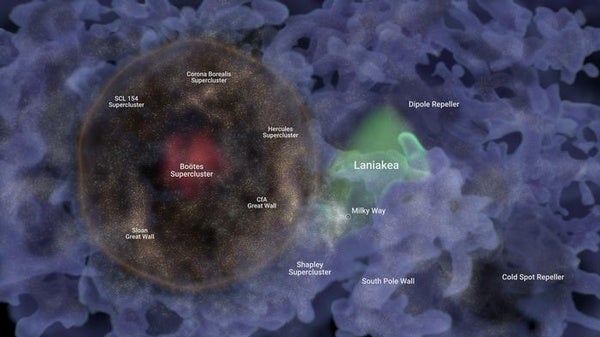 |
| |
| |
| |
| |
| |
| |
| |
| |
| Astrophysics Song of the Stars, Part 1: Transforming Space into Symphonies Space is famously silent, but astronomers and musicians are increasingly turning astronomical data into sound as a way to make discoveries and inspire people who are blind or visually impaired. |  | By Timmy Broderick,Jason Drakeford,Carin Leong | 10:32 | | | |
| Astrophysics Song of the Stars, Part 2: Seeing in the Dark In 2014, a blind astronomer "sonified" the universe's most explosive event: a gamma-ray burst. By listening to, rather than looking at, the data, she made a critical discovery and changed the field of astronomy. |  | By Timmy Broderick,Jason Drakeford,Carin Leong | 10:25 | | | |
| |
| |
| |
| |
| |
| |
| |
| |
| |
| |
FROM THE ARCHIVE
 | | | |
LATEST ISSUES
 |
| |
| Questions? Comments?  | |
| Download the Scientific American App |
| |
| |



